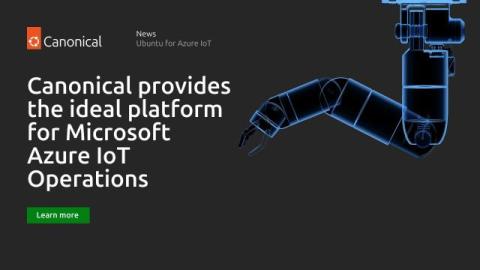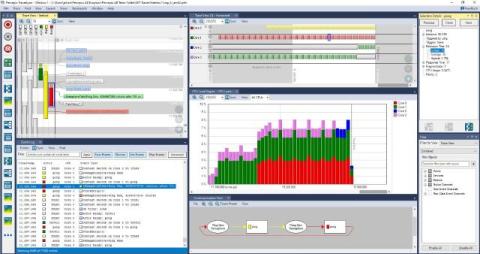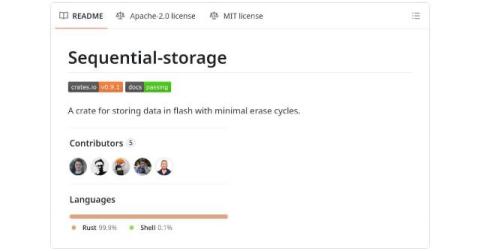How AI and IoT Are Transforming Aviation
Air travel can be stressful for passengers, especially when dealing with long lines, delays and lost luggage. Additionally, high costs, airport congestion and cybersecurity threats can place additional stress on aviation professionals. The Internet of Things (IoT) and artificial intelligence (AI) can help improve operations, customer experience, safety and sustainability. Learn how these technologies are revolutionizing the aviation industry - both in the skies and on the ground - and how to use them to improve internal processes.











